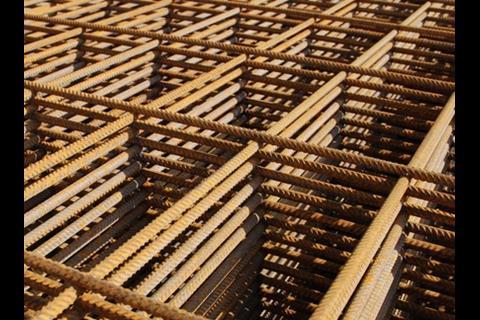There are a lot of variables to consider when specifying windows. Peter Mayer of Building LifePlans tots up the numbers for different options
Assessing the whole-life cost and performance of window assemblies is difficult because of the many variables, such as materials, components and finishes, involved.
The European Standard EN 14351-1:2006, due to be implemented in 2008, sets out performance characteristics applicable to windows independent of material. This standard includes clauses that should enable comparison of alternatives based on durability. Key standards and durability criteria – but by no means all – are considered in this article.
Timber
Specify factory assembled softwood or hardwood windows to BS 644:2003 or the British Woodworking Federation accreditation scheme. Timber with low natural durability should be preservative-treated to BS 8417. Typical manufacturers’ guarantees against decay are for 30 years. Where the paint or stain integrity is maintained the service life of the frame should be much longer (see BS EN 927).
Plastics uPVC
uPVC windows to BS 7412:2002 have an expected life of 40 years. Most have third-party certification based on a variety of standards. Predicted service lives are in excess of 25 years.
Glass reinforced fibre
Pultruded glass fibres are reinforced with thermosetting resins. These are pulled through heated dies to produce highly engineered, strong and durable window framing sections. Service lives of 50-60 years are estimated with manufacturers’ guarantees of 20-35 years.
Aluminium
BS 4873:2004 defines the metal, minimum section thickness and decorative finishes. The period until the first maintenance depends on colour, location and orientation of the windows. The most durable option is anodizing aluminium, to BS 3987, followed by powder coating to BS 6496, then organic coating to BS 4842.
Steel
BS 6510 for steel-framed windows gives guidance on rust protection. Performance in practice will depend on maintaining the integrity of the surface paint finish as well as the thickness of corrosion protection and the environmental corrosivity. The thicker the galvanizing or corrosion protection layer the longer the expected service life. A 60-micron polyester powder coating to EN 13438 should need maintenance after 10-20 years.
Composites
Options include aluminium or plastic-clad timber windows. Service life will be similar to equivalent materials mentioned above where the connection or adhesion between the different framing materials is sufficiently robust. Assurances should be sought from manufacturers as this issue is not tested directly by standards.
Glazing, hardware and ancillary components
Often these are the components of the window assembly that fail during the life and cause whole-life maintenance costs to increase. In some circumstances the whole window may need to be replaced.
• Insulated glass units to EN 1279. Check for the Kitemark stamp in the spacer bars for additional assurance of performance. Service lives of 25-30 years are anticipated for drained and vented glazing systems. BRE publish guidance.
• Gaskets and weather stripping to EN 12365-1 should perform for 10 years at least, when suited to the window and exposure.
• Operational performance of hardware is confirmed by testing to BS 6375-2 and EN 12046-1.
• Mechanical durability is classified by EN 12400.
• Corrosion resistance of hardware to EN 1670. Specify class 3 or 4 for long performance.
• Specify to BS 7950 for enhanced security.
Other whole-life cost issues
Suitability for exposure: The performance of the window assembly should be suited to the site. Selection is based on BS 6375 which classifies windows by watertightness, air permeability and resistance to wind.
Supply chain management: organisations with high volume demands for windows can make substantial capital costs savings with an effective supply chain partnering.
Energy: The lower the U-value calculated to BRE Report 433 the greater the energy savings for equal patterns of use.
Interface design: Adequate fixing and allowance for thermal movement. It is important to design out risk of moisture penetration and thermal bridges.
Specifier 5 April 2007

Doors and windows
- 1
- 2
- 3
- 4
- 5
- 6
- 7
- 8
- 9
- 10
- 11
- 12
- 13
 Currently
reading
Currently
reading
What it costs: windows
- 15













































No comments yet